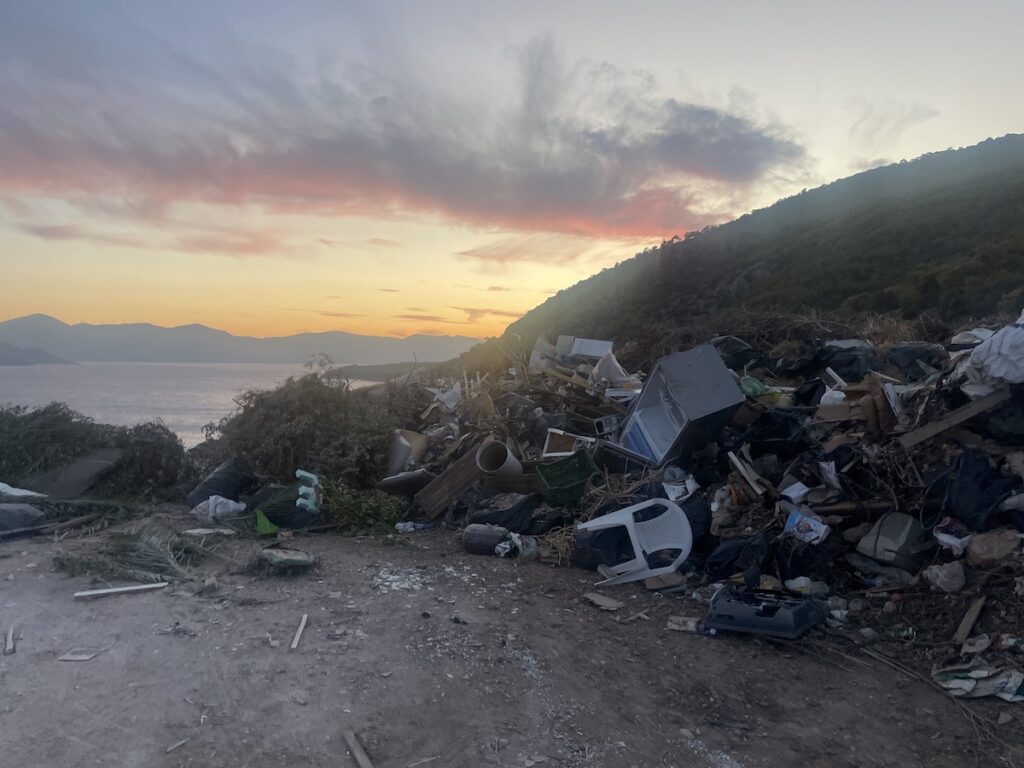In the quest for environmental sustainability, businesses across various sectors are setting ambitious goals to achieve zero waste to landfill and incineration. This target not only helps companies minimize their ecological footprint but also aligns them with rigorous regulatory frameworks like the Corporate Sustainability Reporting Directive (CSRD). This guide explores practical steps and innovative strategies businesses can employ to meet these goals effectively. Need support ?
The Importance of Zero Waste to Landfill and Incineration
What Does Zero Waste to Landfill and Incineration Mean?
Achieving zero waste to landfill and incineration involves redesigning product life cycles and waste management practices to completely avoid waste disposal through landfill and incineration. Instead, materials are reused, recycled, or composted, contributing to a circular economy.
Benefits of Pursuing Zero Waste Goals
- Regulatory Compliance: Meets and exceeds standards set by environmental regulations such as the CSRD.
- Reduced Environmental Impact: Significantly lowers the company’s carbon footprint and waste production.
- Enhanced Brand Reputation: Strengthens consumer trust and investor confidence by demonstrating commitment to sustainability.
Implementing Zero Waste Strategies
Conducting Zero Waste Audits
Start with a comprehensive zero waste audit to assess current waste management practices. This audit should identify all waste streams and evaluate the effectiveness of existing waste reduction, recycling, and disposal methods.
- Scope of the Audit: Include all physical locations and review all forms of waste generated.
- Data Collection: Measure the volumes of waste diverted from landfill and incineration and the methods used, such as recycling, composting, or repurposing.
Developing a Zero Waste Plan
Based on audit findings, develop a zero waste plan that includes:
- Waste Reduction Initiatives: Techniques to reduce waste generation at the source.
- Recycling and Composting Strategies: Methods to increase recycling rates and implement on-site or partnered composting solutions.
- Stakeholder Engagement: Collaborate with suppliers, customers, and waste management providers to ensure alignment and support for zero waste goals.
Leveraging Technology and Innovation
Advanced Recycling Technologies
Invest in new technologies that enhance the sorting and recycling of waste materials. For example, optical sorting technology can improve the efficiency and accuracy of recycling processes by identifying and separating different materials based on their optical properties.
Digital Tools for Waste Tracking
Utilize digital platforms and IoT devices to track waste generation and management in real-time. These tools can provide valuable data to optimize waste collection schedules, reduce costs, and improve recycling rates.
Ensuring Compliance with CSRD
CSRD-Compliant Reporting
Utilize CSRD-compliant templates and reporting tools to document and disclose all waste management activities and outcomes. These reports should detail efforts to reduce waste to landfill and incineration and demonstrate progress towards circular economy objectives.
- Transparent Reporting: Regularly update stakeholders on waste management performance and challenges.
- Benchmarking: Compare waste metrics against industry standards to identify areas for improvement.
Conclusion: Leading the Way to a Sustainable Future
By committing to zero waste to landfill and incineration, businesses not only comply with emerging regulations but also lead by example in the transition to a sustainable economy. Implementing thorough waste audits, embracing new technologies, and engaging with all stakeholders are crucial steps in this journey.
Call to Action
Is your business ready to take a bold step towards sustainability? Explore how implementing zero waste strategies can drive change. Contact WeGoZero today for expert guidance and tools to achieve your zero waste goals and transform your environmental impact.

